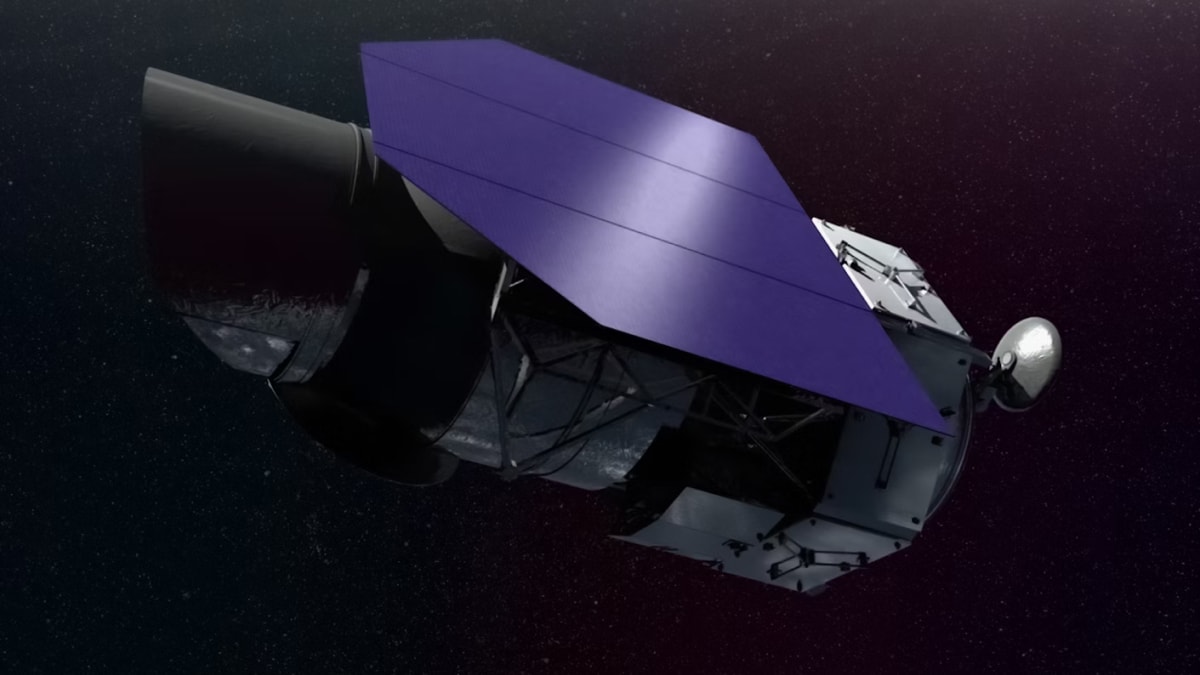NASA’s Novel Space Telescope Will Probe Mysteries of Deep Space

The universe may seem static, but it is always evolving. NASA’s Roman Space Telescope, scheduled for launch in 2027, will help scientists better understand this dynamic universe by observing distant galaxies. One of the mission’s main focuses is studying galactic fossils, the remains of ancient stars that hold clues to how galaxies formed. The telescope’s wide field of view and high resolution will allow astronomers to probe the history of many more galaxies than ever before, expanding our knowledge of the cosmos.
Exploring Galactic Fossils
The Novel Infrared Nearby Galaxy Survey (RINGS) aims to investigate these galactic fossils, groups of ancient stars that reveal information about how galaxies evolve, according to Science Daily. report. Dr. Robyn Sanderson, RINGS associate principal investigator at the University of Pennsylvania, compares the process to a dig, where scientists gather clues to understand how galaxies formed. The telescope’s capabilities allow researchers to unravel the history of galaxies through these stellar remains.
Dark matter research
Another goal of the Roman Space Telescope is to explore dark matter, an invisible substance that makes up most of the mass in the universe. Ultra-faint dwarf galaxies, which are dominated by dark matter, will be studied to test different theories of dark matter.
Dr. Raja Guha Thakurta of the University of California, Santa Cruz notes that these galaxies are ideal for this type of research due to the lack of star formation.
Expanding Galactic Studies
Dr. Ben Williams, RINGS Principal Investigator at the University of Washington, explained how the Roman telescope will be able to observe stellar halos in hundreds of galaxies, something current telescopes have only achieved in the Milky Way and Andromeda, the report said. This will provide critical insights into galactic formation and the distribution of dark matter.




